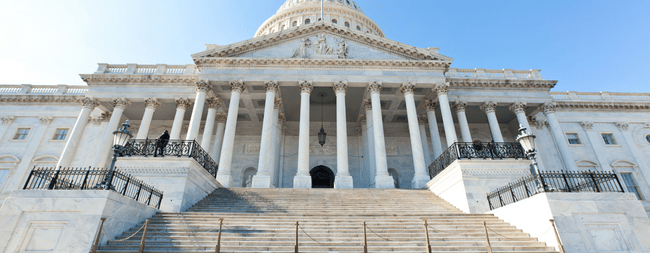![]()
Call: (855) 522-2201
Email: support@healthedly.com
2929 N Central Expy Ste 175, Richardson, TX 75080





Healthedly Insurance Services, LLC all rights reserved. Heathedly.com is a non-government website that is owned and operated by Heathedly Insurance Services, LLC, which is a licensed health insurance agency. Heathedly Insurance Services, LLC is not affiliated with or endorsed by the U.S. government, Healthcare.gov or the deferral Medicare program. The purpose of this site is the solicitation of insurance. Contact may be made by an insurance agent/producer of the insurance company. We currently do not offer every plan available in your area. Heathedly Insurance Services, LLC currently represents 10 Medicare carriers, and 801 plans, and has access to plans in all 50 states plus the District of Columbia. Please contact Medicare.gov, 1-800-MEDICARE, or your local State Health insurance Program (SHIP) to get information on all of your options. Not all plans offer all of these benefits. Benefits may vary by carrier and location. Limitations and exclusions may apply. By using this site, you acknowledge that you have read and agree to our Privacy Policy, Do Not Call Policy, Terms of Service and SMS Terms & Conditions.

